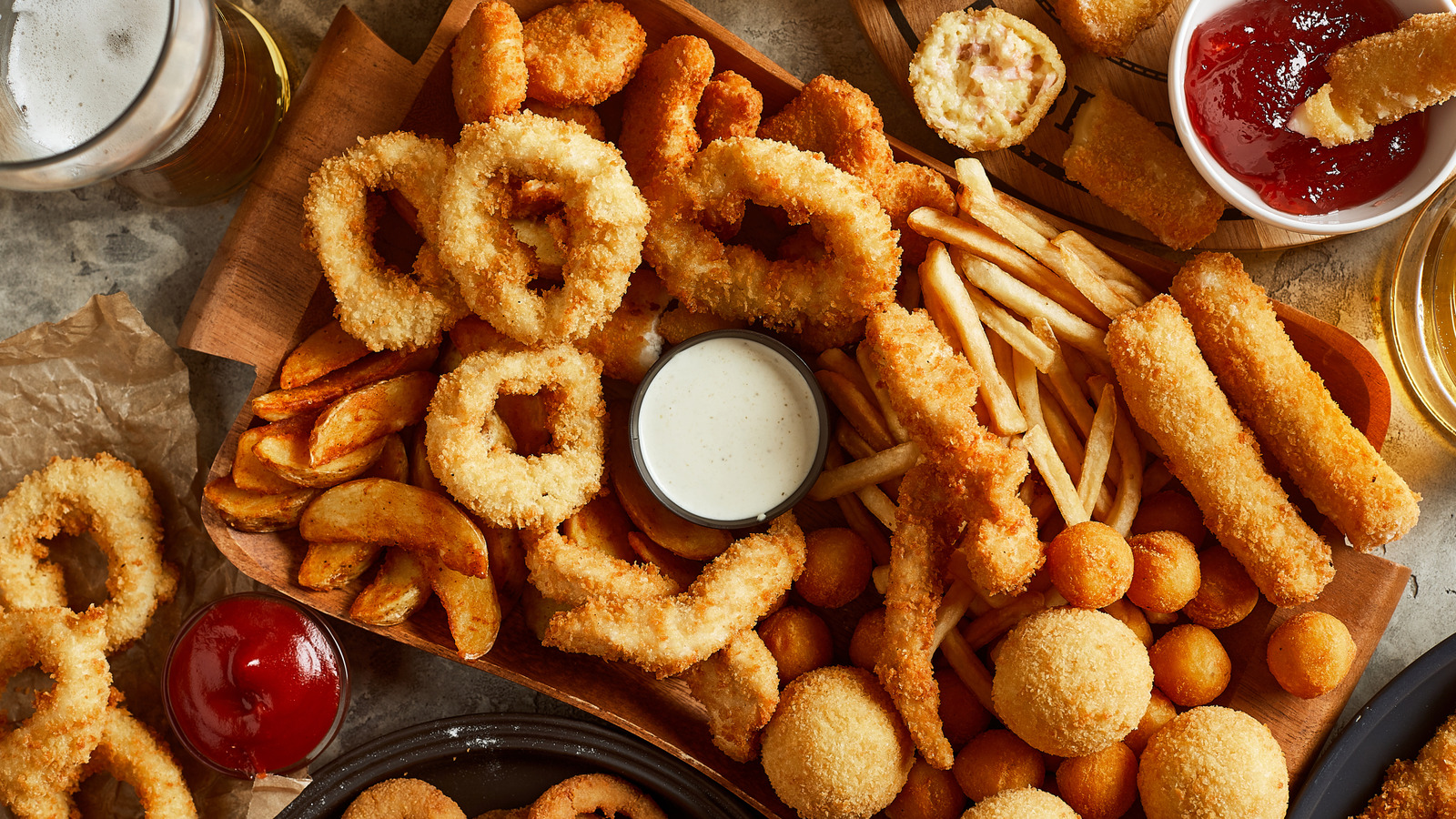
"When food is deep-fried in the right oil and at the right temperature range, the moisture inside the food heats up and becomes steam. It escapes through the food's exterior, and the internal pressure (together with steam release) prevents excessive oil absorption. It's only at low temperatures that the oil can fully penetrate. Most of the oil in well-fried foods enters during the first moments in the fryer, with additional absorption occurring during the cooling process."
"The truth is, properly fried foods should not be greasy. That's just a myth. But there's a difference between your dish absorbing some oil and being considered greasy. According to Oklahoma State University, fried foods absorb 8% to 25% oil when fried in the optimal temperature range between 325 and 375 degrees Fahrenheit. However, if the oil temperature drops too low, excess oil is then absorbed by the food, making your fried chicken greasy."
Greasy has described fast food, especially deep-fried items, since the mid-1800s. Properly fried foods should not be greasy; fried items will contain some oil but only absorb 8% to 25% when cooked between 325 and 375 degrees Fahrenheit. At the correct oil temperature the food’s internal moisture becomes steam, escaping and creating pressure that prevents excessive oil penetration while a Maillard crust forms. If oil temperature drops too low — often from overcrowding — crust formation fails, steam release diminishes, and food absorbs excess oil. Most oil uptake happens in the first moments of frying with additional absorption occurring during cooling.
Read at Tasting Table
Unable to calculate read time
Collection
[
|
...
]